We found the best snow boots, sure to keep you warm and comfortable in any winter weather.
Our editors and experts handpick every product we feature. We may earn a commission from your purchases.Learn more.
We found the best snow boots, sure to keep you warm and comfortable in any winter weather.
Our editors and experts handpick every product we feature. We may earn a commission from your purchases.Learn more.
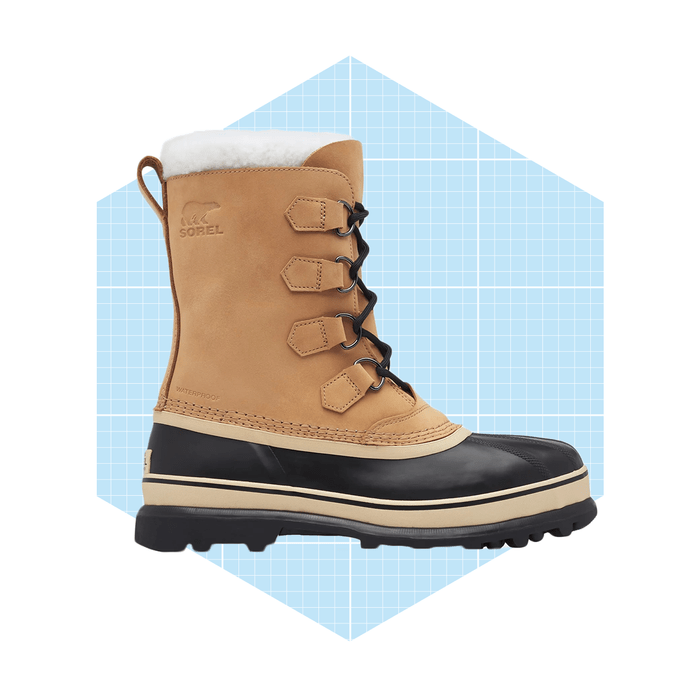 via merchant
via merchant
If you’re in a place with moderate to heavy snow, the Sorel Caribous are the best boots to stay warm in winter. The seriously warm style is made to endure wet, slushy messes. Plus, we love the way they look with a sherpa cuff, waterproof nubuck leather upper and lugged rubber sole. The boots even have removable insulation, so you can adjust them depending on the temperature.
Pros
Cons
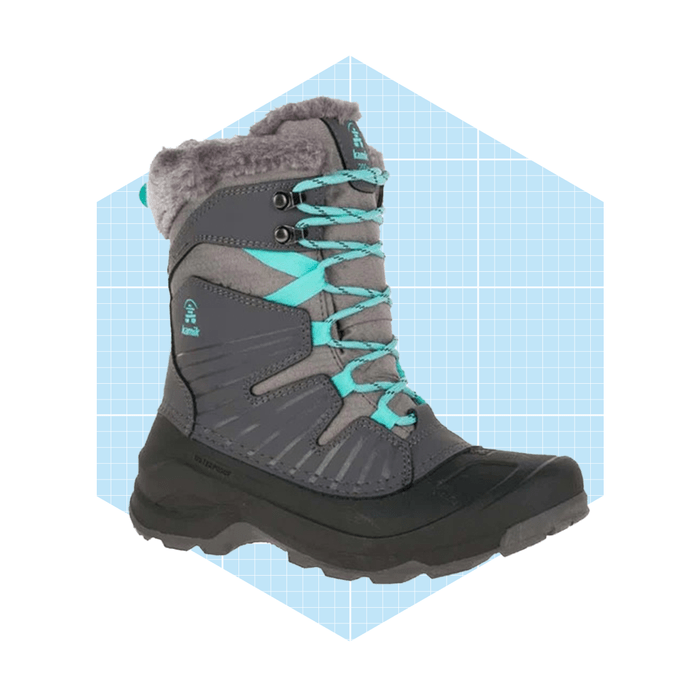 via merchant
via merchant
The Kamik Iceland boots are a more affordable, sportier alternative to the Sorel Caribous. They have all the features necessary to earn best boots-status: Insulation, waterproof exterior, rubber soles and even leather uppers as a stylish bonus. The Icelands are work boots designed for outdoor play and stay comfortable down to -40 degrees Fahrenheit—so you can wear them snowmobiling and ice fishing.
Pros
Cons
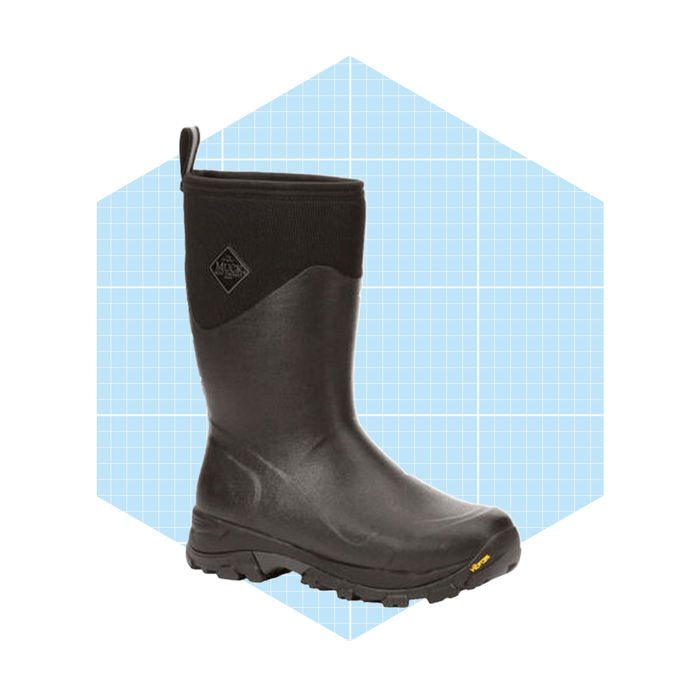 via merchant
via merchant
Traverse slippery surfaces, wet ice and snow-covered walkways in the Muck Arctic Ice boots. The all-terrain grip provides advanced traction so you won’t worry about loosing your footing. The waterproof exterior has a thick rubber coating from top to toe to repel liquids (it also makes it easy to wipe them down).
A cozy fleece lining adds extra warmth for extreme conditions, and an anti-microbial footbed insert helps with odor control and moisture management. Add even more warmth to your ensemble with a self-heating jacket or heated vest.
Pros
Cons
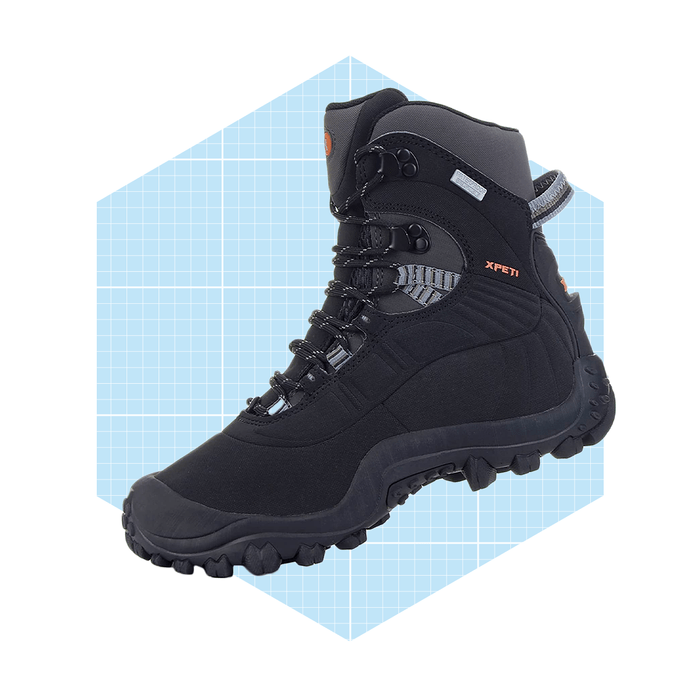 via merchant
via merchant
The Xpeti Thermators sport a similar construction to regular hiking boots, but they’re designed specifically for winter trails. A comfortable padded insole offers shock-absorbing cushioning, while a waterproof mesh construction keeps feet dry and cool.
The rubber outsole with multi-directional lugs provides a higher traction grip to suit any outdoor terrain. With 200 grams of insulation, your feet stay warm in temperatures as low as -13 degrees Fahrenheit.
Pros
Cons
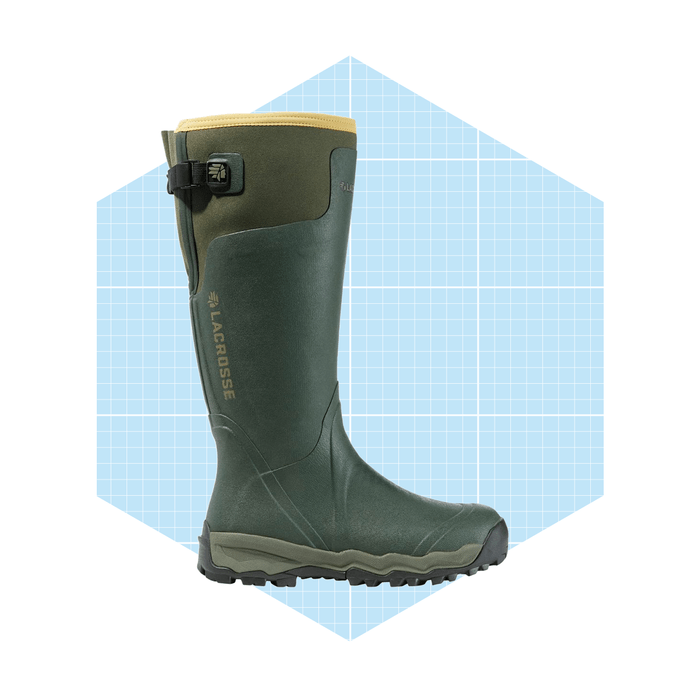 via merchant
via merchant
This L.L.Bean pick combines the waterproof performance of a rubber boot with the agility of an athletic shoe. The active fit makes them easy to put on, and a kick-off heel plate allows for quick hands-free removal—important features for a tall boot. Plus, neoprene insulation provides warmth in the snow or rain, and a quick-drying moisture-wicking jersey knit liner keeps feet dry and comfortable.
Pros
Cons
 via merchant
via merchant
Baffin Impacts are the best snow boots for extremely bitter conditions. Breathable open-cell foam provides warmth, while hollow fiber insulation traps air to maintain a constant temperature. The rugged nylon upper features dual buckle closures and a drawstring top for a snug fit that keeps the elements out.
A thermoplastic rubber outsole remains flexible even in frigid climates. With a -148 degrees Fahrenheit comfort rating, these kicks are ideal for outdoor enthusiasts or construction pros.
Pros
Cons
I’m an Associate Shopping Editor at Family Handyman with expertise in interior design, home decor, gardening and outdoor trends.
Emily Way is an Associate Shopping Editor for Family Handyman with experience researching products and recommending the best designs to consumers. She researched and updated this piece. Way consulted REI Product Information Specialist, Ingrid Johnson, for information on what makes a quality snow boot.
At The Family Handyman, we’re not just accustomed to the snow—we thrive in it. We have years of experience climbing, trotting and hiking through snow, especially those of us in the bitter Midwest. That’s why we’re well acquainted with a number of the best snow boots already. We combed through the most popular styles, isolating those that we feel are truly the best of the best.
To ensure we’re on the right track, we enlisted the help of a bonafide boot expert. We learned exactly what makes a superior chilly weather boot, from materials to weight and durability.
According to Johnson, these are the most common snow boot materials and their benefits:
There is a range of weight and warmth in snow boots, according to Johnson. What you choose will depend on the temperature range you are expecting and how aerobic your activity will be.
“You would choose a lighter boot for snowshoeing several miles as opposed to standing still birdwatching or watching sporting events at the same temperatures. You would choose heavier boots for temperatures in the single digits and teens than for temperatures in the 20s and 30s, even for the same activity,” she says.